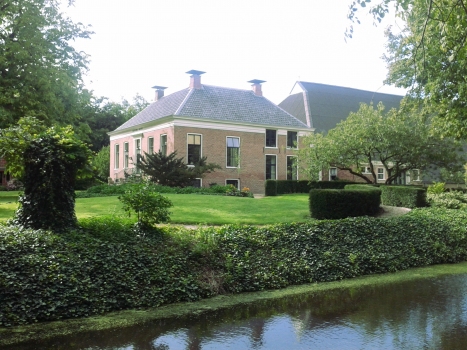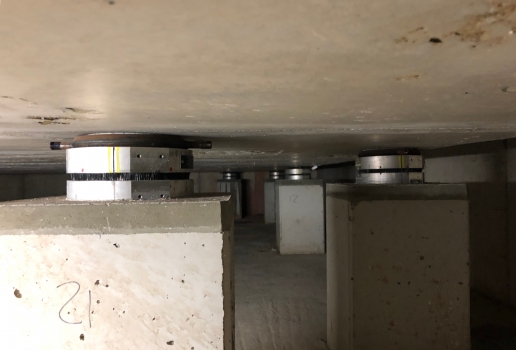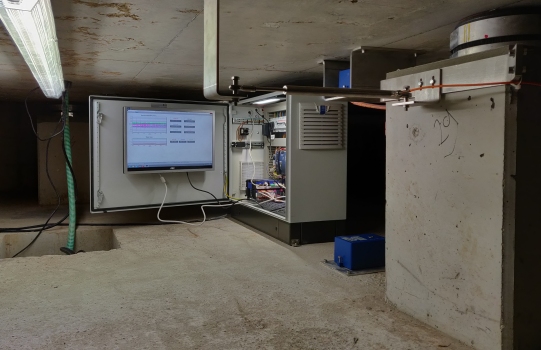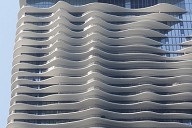Earthquake protection for listed Dutch farmhouse
The large-scale extraction of gas in the area around Groningen results in frequent “artificial” earthquakes triggered by subterranean landslips. Calculations have shown that measures must be taken to protect many existing buildings in the region against earthquake damage. This is a particular challenge with older buildings. With its sliding isolation pendulum “MSA®”, MAURER offers an effective solution. The bearings isolate the building from the subsurface and are at the same time light and easy to handle that they can be used in even difficult locations in existing buildings, for example in a listed farmhouse in Usquert.
Media
Two earthquakes occurred in 2018 in Usquert, with a particularly severe magnitude of 3.4 on 8 January. This does not sound very much, but the earthquakes are a result of natural gas extraction in the Groningen field. The epicentres are not very far from the earth’s surface and the tremors are therefore felt particularly acutely. Even earthquakes of a magnitude of 3 cause damage.
Around 150,000 people live in the region to the east of Groningen, and earthquakes have already damaged thousands of houses. The whole thing has become a political issue and, following public protests, politicians have ordered the annual output to be curbed. Gas extraction is set to be discontinued by 2030.
Houses need to be made seismically safe
In addition, all 22,000 houses in the gas-extraction area will be inspected with regard to their seismic suitability. Houses deemed to be unsafe must then be retrofitted. There are two ways to do this:
- The use of more solid building methods and reinforce existing structures.
- Isolating the building from the ground so that any seismic shocks to the structure are extenuated.
If the measures taken to strengthen a building would cost more than 50 % of the value of the building, it will be demolished and rebuilt. However, old houses cannot simply be replaced by new ones, and reinforcing existing structures is not always possible or visually appealing. On top of that, one factor in favour of isolation is the fact that money can be saved with the foundations.
“The principle is quite simple”, explains project manager Oliver Benicke, a construction engineer with MAURER: “You separate the foundations from the building structure and insert the isolators there.”
Sliding Isolation Pendulum with fourfold functionality
The first building to be isolated using MAURER isolation pendulums was a listed farmhouse in Usquert.
“SIP®-D”-type sliding bearings were deployed: SIP stands for Sliding Isolation Pendulum, D for double curved. The bearings are sliding isolation pendulums with a curved surface at the top and bottom. They perform four tasks in the event of an earthquake:
- They isolate the house from its foundations, allowing movement of ±80 mm.
- They dissipate the seismic energy through friction.
- They re-centre the building back to its original position following the quake thanks to the concave sliding plates.
- They transfer vertical loads of up to 681 kN.
A part of the historic farmhouse has as cellar underneath, and it rests on 45 supports, but some of the supports are difficult to access in the basement area. The MAURER bearings are made completely from “MSA®”, a metal alloy that is lighter than conventional steel. An isolator with a diameter of 304 mm used in the Dutch farmhouse accordingly weighs only around 25 kg. This means that no lifting gear is required, as the parts can be carried to their final location by hand. Furthermore, the metal alloy is corrosion-resistant, and corrosion resistance is in itself a convincing argument in the wet Dutch climate.
A total of 45 bearings were installed underneath the farmhouse in 2017/2018 and since then have isolated the house from the subsurface in the event of earthquakes.
Monitoring technology tracks movement
In addition, MAURER installed a sensitive monitoring system in March 2019. Acceleration detectors were installed on one bearing: one above the bearing on the floor slab of the building and one on the support on which the bearing rests. Movement sensors were also attached. These allow all occurring earthquakes and reaction data to be recorded and stored.
Bearings also in demand for new buildings
News of the advantages of the bearings has spread in the Groningen region, and they have now found use in new buildings.
“Prefabricated parts can simply be placed on the isolators”, reports Benicke. “Construction firms appreciate the minimal effort together with the low price.”
Structure Types
- About this
data sheet - Product-ID
7638 - Published on:
09/05/2019 - Last updated on:
09/05/2019





 MAURER SE
MAURER SE 